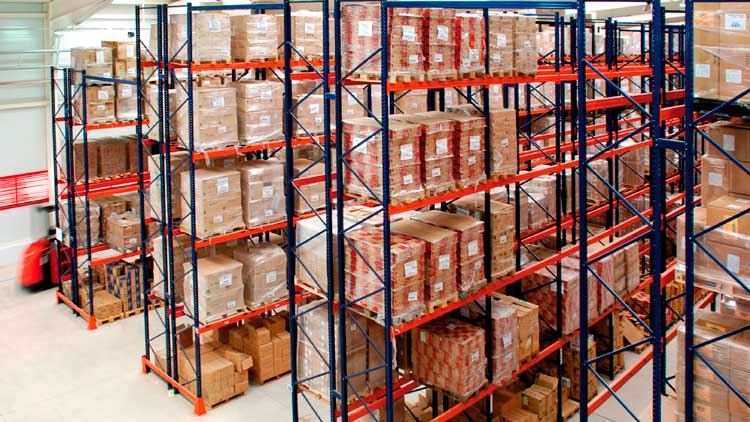When you set up a warehouse layout, choosing the right racking system in a warehouse solution is a fundamental decision. Many facility managers ask: What are the advantages of racking system in warehouse? In this article, we explore the key benefits of installing a warehouse racking system—covering space utilization, inventory control, safety, and flexibility. By understanding what the advantages of racking system in warehouse are, you can make a more informed decision when selecting storage infrastructure.
Improved space utilization and storage density
- Maximizing vertical storage
One of the primary advantages of a racking system in warehouse operations is the ability to utilize vertical space rather than only floor space. Installing pallet-racking allows you to stack goods higher and thus increase density without expanding the building footprint. The long-tail phrase warehouse pallet racking system benefits are relevant for operations aiming to optimize storage capacity.
By converting unused cubic meters into productive storage, you reduce the cost per stored unit and improve overall warehouse efficiency.
- Better layout flexibility and slotting
With racking systems, you can define storage slots, aisles, and picking paths more precisely. That means you can adapt the layout as inventory changes, facilitating the warehouse racking design for an improved storage efficiency scenario. Whether you’re storing standard pallets, bulky items, or odd-sized loads, a racking system gives you the structure to organize stock logically, which helps throughput and retrieval speed.

Enhanced inventory control and operational efficiency
- Easier access and picking
When goods are stored on structured racks, staff or automated systems can access items more predictably. This reduces search time, lowers picking errors and supports workflows such as First In First Out (FIFO) or Last In First Out (LIFO). The phrase industrial warehouse racking solution advantages fits here for companies looking for structured improvements.
Improved access directly translates into lower labor cost per pick, and faster order fulfillment.
- Better stock visibility and management
Racking systems elevate pallets to eye-level or above, making it easier to see inventory levels, conduct cycle counts and manage ageing stock. Less time is spent on manual inspections or locating misplaced items. Because the system is organized and built with uniform bays and beams, it supports automation, barcode scanning and warehouse management systems (WMS) more effectively.
Safety, load control and damage prevention
- Load support and stability
A warehouse racking system is engineered to support specified loads, minimize sagging shelves or beams, and reduce the risk of collapse or damage. One of the advantages of racking system in warehouse is that properly rated beams and upright frames help maintain structural integrity under heavy loads.
This helps protect stored goods and ensures regulatory compliance regarding storage safety.
- Reduced product damage and improved ergonomics
Because goods are stored off the floor and on designed racks, there is less risk of contact with forklifts, water/rodent exposure, pallet damage or manual handling errors. Improved ergonomics also mean fewer injuries and lower insurance or liability costs. The systematic storage reduces clutter and helps maintain clear aisles, which enhances forklift safety.
Flexibility, scalability and future-proofing
- Adaptable to changing storage needs
A racking system in warehouse settings can typically be modified, expanded or reconfigured to accommodate new product lines, seasonal inventory fluctuations or changes in order profiles. This flexibility is one of the significant advantages of racking system in warehouse operations.
The long-tail keyword warehouse pallet racking system benefits again highlight how these systems support growth.
- Integration with automation and technology
Modern warehouses often incorporate conveyors, mezzanines, automated storage and retrieval systems (AS/RS) and other technology. A well-designed racking system supports these integrations by providing standardized bay dimensions, beam inclines, pick-face visibility and forklift access. This adaptability ensures the investment remains relevant as your business evolves.
Conclusion
So, what are the advantages of racking system in warehouse? In summary: the right racking solution delivers improved space utilization, enhanced operational efficiency, better safety and load control, and future-proof flexibility.
If your facility is evaluating new storage infrastructure or upgrading existing systems, consider the aforementioned advantages and assess whether a new racking system can deliver tangible efficiency gains. For tailored advice on layout design, beam ratings, or integration with your warehouse management system, contact our team and we will help you map the best solution for your needs.




